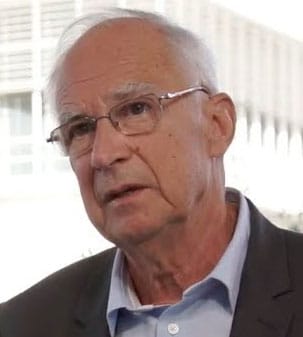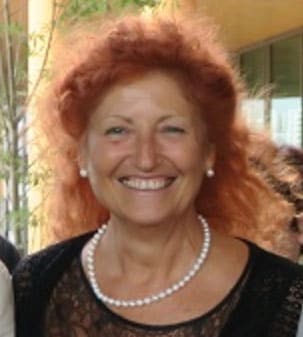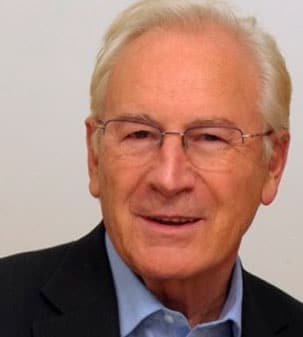Catherine Llorens-Cortes has a PhD in Neurobiology (Pierre and Marie Curie University, Paris). In 1987, she joined the INSERM research team and was appointed Research Director in 1992. From 2003, she was a member of the Collège de France, director of the INSERM U691 unit entitled “Central Neuropeptides and Regulation Hydro and Cardiovascular, integrated in 2011 in the CIRB. Catherine Llorens-Cortes is conducting her first research on endogenous opioid systems. It shows the existence of opiate receptors on dopaminergic neurons (Nature 1977), allowing better understanding of dopaminergic regulation by morphine and its role in the reward system and addictive processes. It proposes a model for the establishment of tolerance and dependence on morphine (Nature 1978). It contributes to the identification of the two peptidases involved in the inactivation of enkephalins, characterizes one of them, the neutral endopeptidase 24-11 and participates in the development of one of its inhibitors, Thiorphan (Nature 1980 ), Now used as anti-diarrheal. Since 1992, she has focused her research at the neuroscience and cardiovascular interface by studying the organization and functional role of the brain renin-angiotensin (RAS) system. Catherine Llorens-Cortes and her team identified the enzyme involved in the formation of angiotensin III (AngIII), aminopeptidase A (APA) (PNAS 1996) in the brain, and showed that AngIII exerts a stimulatory effect Tonic study on blood pressure control in hypertensive rats (PNAS 1999). His laboratory then characterized in vitro and in vivo APA inhibitors, exemplified by RB150, which is administered orally in the hypertensive animal crosses the intestinal, hepatic and blood-brain barriers, penetrates the brain, blocks Activity of the cerebral RAS and normalizes blood pressure for several hours (PNAS 2004, Hypertension 2008, 2012). These data demonstrated the importance of brain APA as a potential therapeutic target for the treatment of high blood pressure and helped to bring this innovative approach to the treatment of hypertension by APA inhibitors to the clinical stage For her work, she has received several awards (including the Pierre Desnuelle Prize of the Academy of Sciences, the Societe Generale Asset Management Foundation Award for Therapeutic Innovation and the Danièle Hermann Prize of the Institut de France) . For a list of its publications see the site: http://scholar.google.com/citations?user=2IDz9xgAAAAJ





